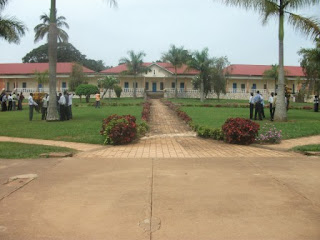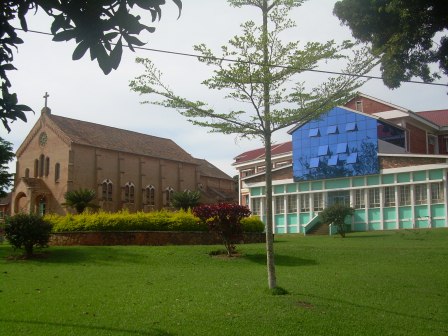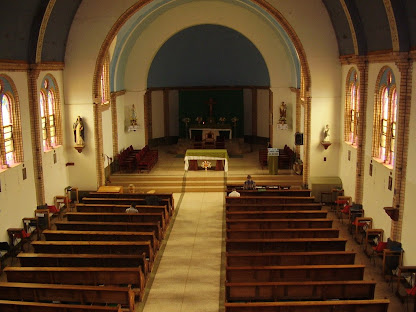YOU DON'T HAVE AN IDEA OF COURSE, HERE IT IS SOME OF THE BEAUTIFUL PLACES AT THE SEMINARY PREMISES

ABOVE IS CHARLES LWANGA RESIDENTIAL HALL
IN A VILLAGE AT PASTORAL WORK!!
IN THE LIBRARY!!!!!!!
BISHOP STENSERA HOUSE AND THE ORATORY AT A GLANCE
BIRDS AND CATTLE OF COURSE
HOLY MEN OF THE 21ST CENTURY.
IN AND OUT OF THE CHAPEL
MUKASA HALL
KALEMBA HALL
THE CHAPEL AT A GLANCE AND THE BEAUTIFUL PINES OF COURSE!!





















